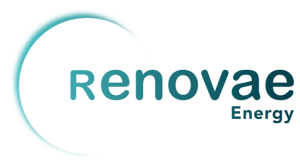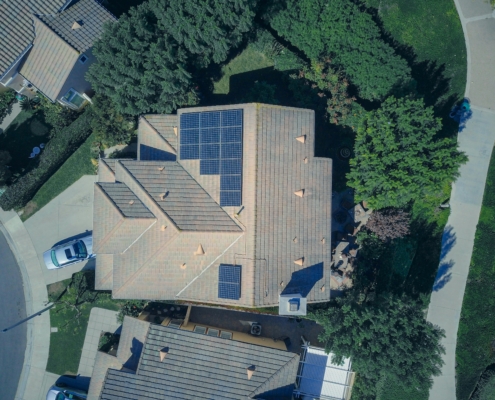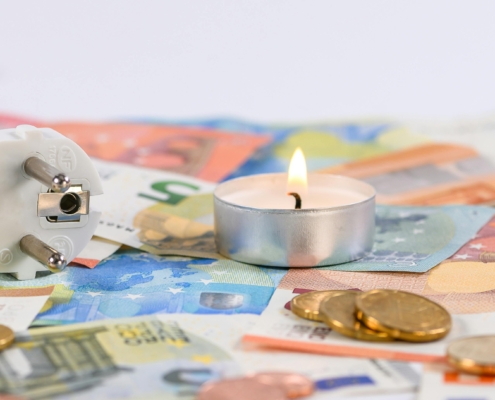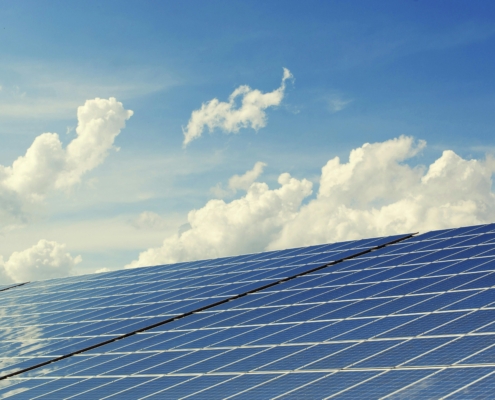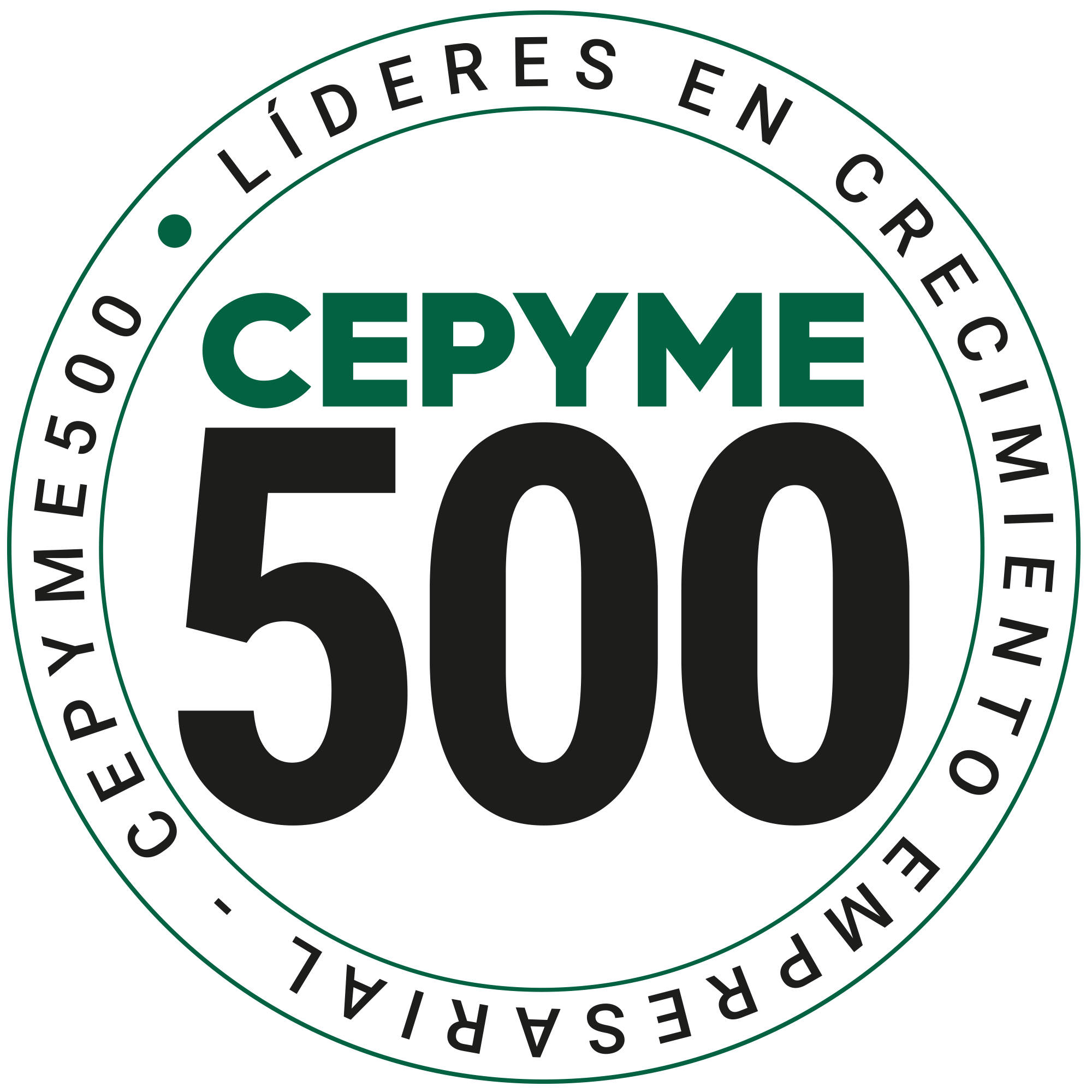Solar self-consumption allows you to generate your own electricity with photovoltaic solar panels, reducing your dependence on the grid and saving on your electricity bill. With subsidies and rebates, investing in solar energy is more profitable than ever.
What is solar self-consumption and how does it work?
Self-consumption is the installation of solar panels in homes and businesses to produce electricity. The energy generated is used directly for consumption, and the surplus can be fed into the grid or stored in batteries.
Types of Self-Consumption
- Self-consumption without surplus: All generated electricity is consumed at home or at work.
- Self-consumption with surplus compensation: Excess energy is fed into the grid, and compensation is received on the bill.
- Self-consumption with batteries: Allows the generated energy to be stored for later use.
Benefits of solar self-consumption
- Savings on your bill: reduces grid consumption and lowers electricity costs.
- Fast payback: Return on investment is 3 to 7 years, depending on consumption and subsidies.
- Rebates and subsidies: Property tax discounts, tax deductions, and aid from the Next Generation EU Plan.
- Sustainability: contributes to reducing CO2 emissions and encourages the use of renewable energy.
How much can you save with solar panels?
The savings depend on the electricity consumption and the size of the photovoltaic system. Below is an example of savings in a home with solar self-consumption:
| ANNUAL CONSUMPTION | SAVINGS WITHOUT BATTERIES | SAVINGS WITH BATTERIES |
|---|---|---|
| 3.500 kWh | 50% – 60% | 70% – 80% |
| 6.000 kWh | 55% – 65% | 75% – 85% |
Subsidies and bonuses for self-consumption in 2025
The Government and the European Union have launched grants to encourage photovoltaic self-consumption, reducing installation costs.
Main available grants
- Next Generation EU grants: up to €600 per kWp installed and €490 per kWh for batteries.
- Property Tax Reduction: up to 50% reduction for 3-5 years in some municipalities.
- Personal Income Tax Deduction: up to 40% of the investment in private homes.
Solar Panel Installation Process
The process for installing solar panels for self-consumption is simple and consists of the following steps:
- Feasibility study: analysis of consumption and roof orientation.
- Installation sizing: selection of the appropriate number of solar panels.
- Permit and subsidy management: processing grants and rebates.
- Installation and commissioning: assembly of panels, inverters, and batteries.
Frequently Asked Questions About Solar Self-Consumption
Do I need batteries for self-consumption?
It’s not mandatory, but solar batteries allow energy storage and increase savings.
How long does installation take?
Installation is usually completed in 1 or 2 days, depending on the size of the system.
Can I install solar panels if I live in a building?
Yes, through shared self-consumption, homeowners’ associations can install solar panels and share the energy among the owners.
What happens if I generate more electricity than I consume?
The surplus is injected into the grid, and compensation is received on my electricity bill.
Request a free self-consumption study
At Renovae Energy, we offer a free study to calculate the savings you can achieve with a solar installation. Contact us and start saving with renewable energy.
Call us at +34 900 834 500 or email us at clientes@renovaenergy.es.
